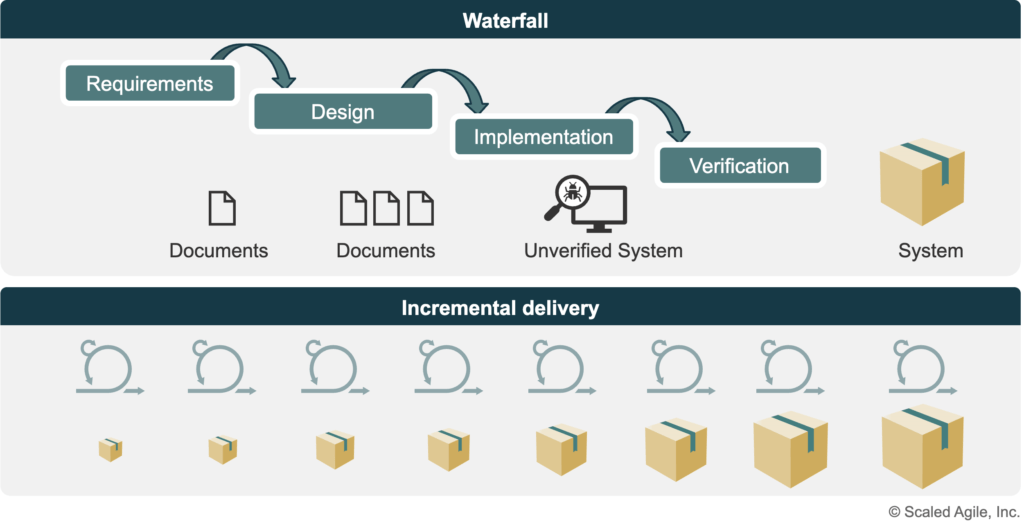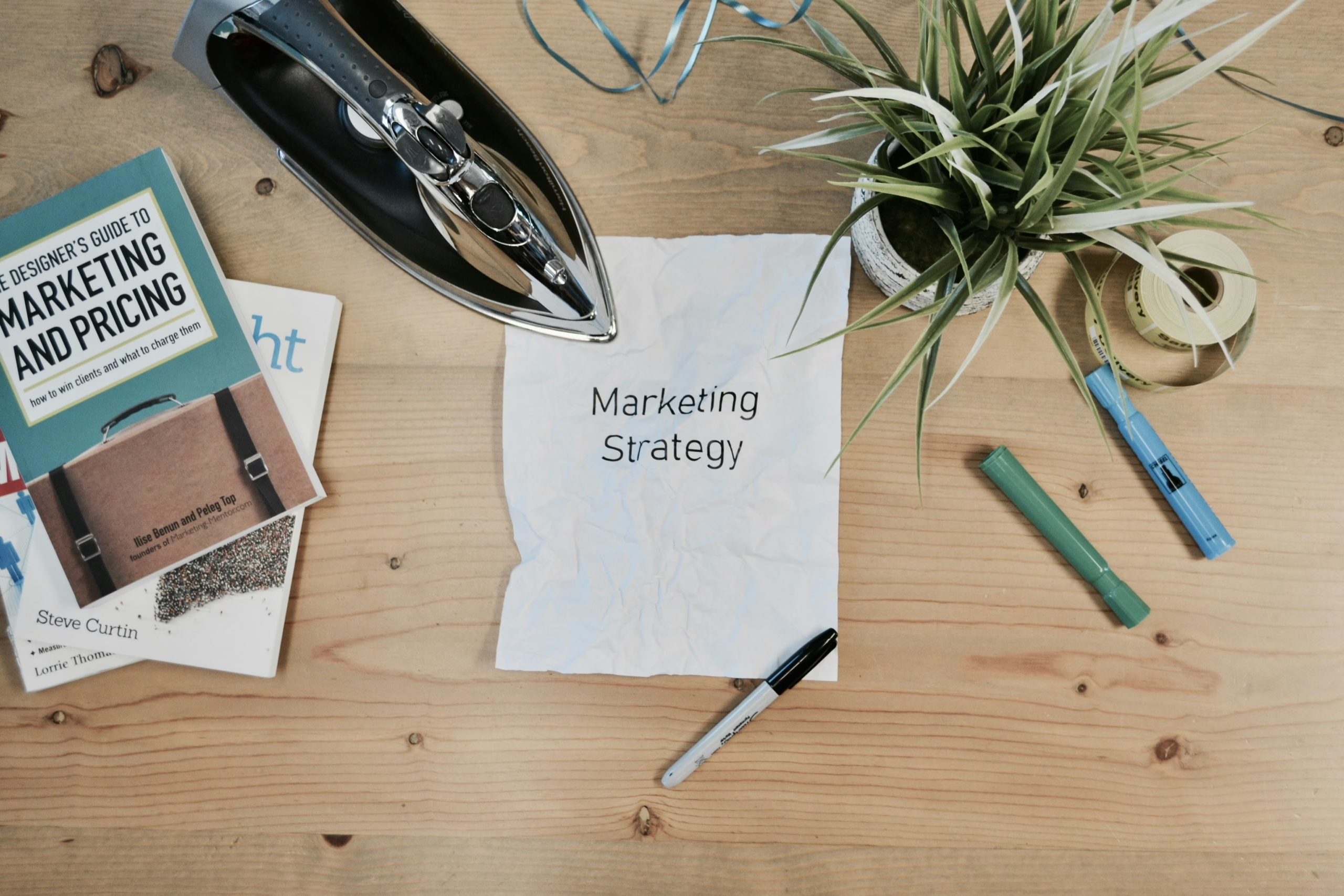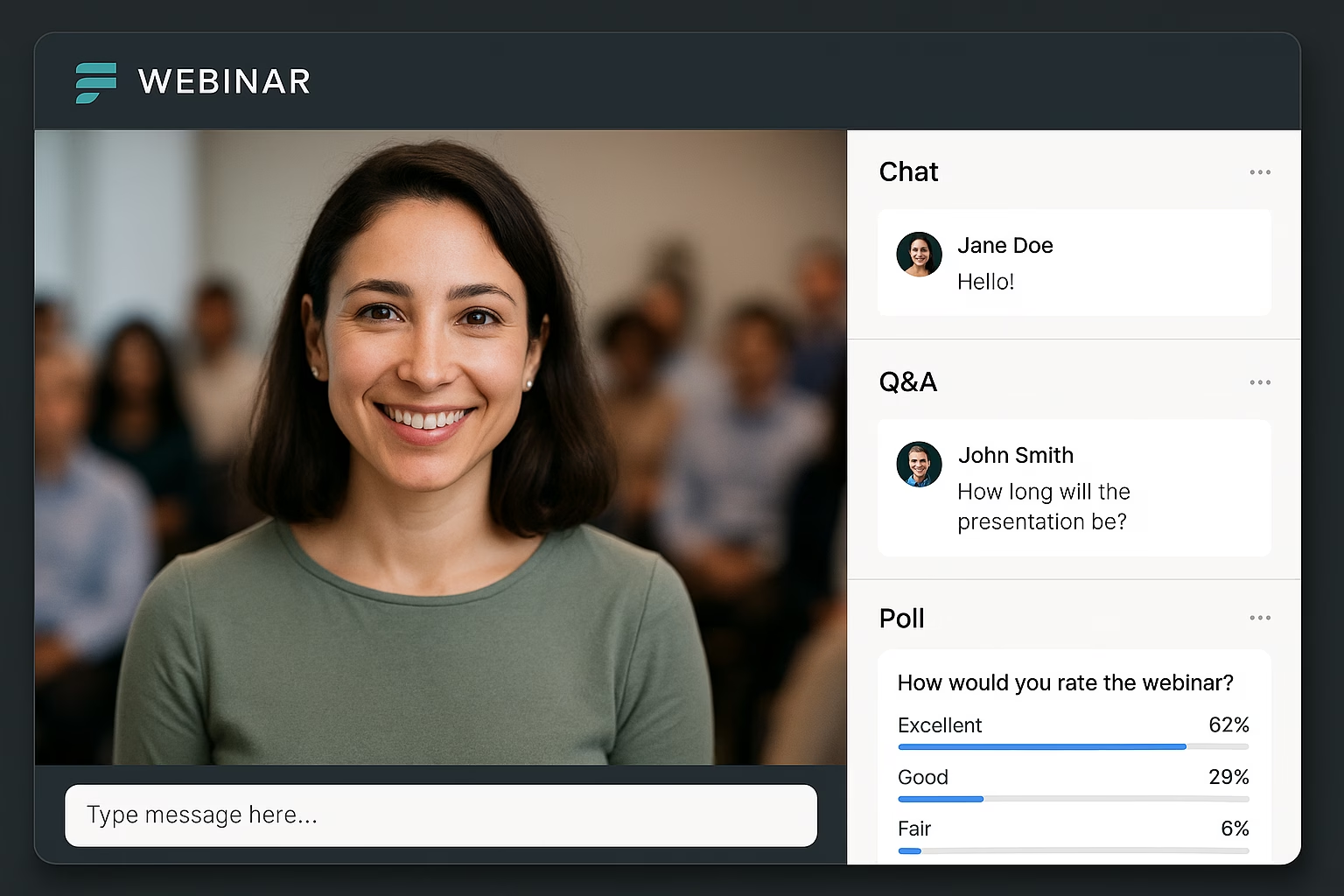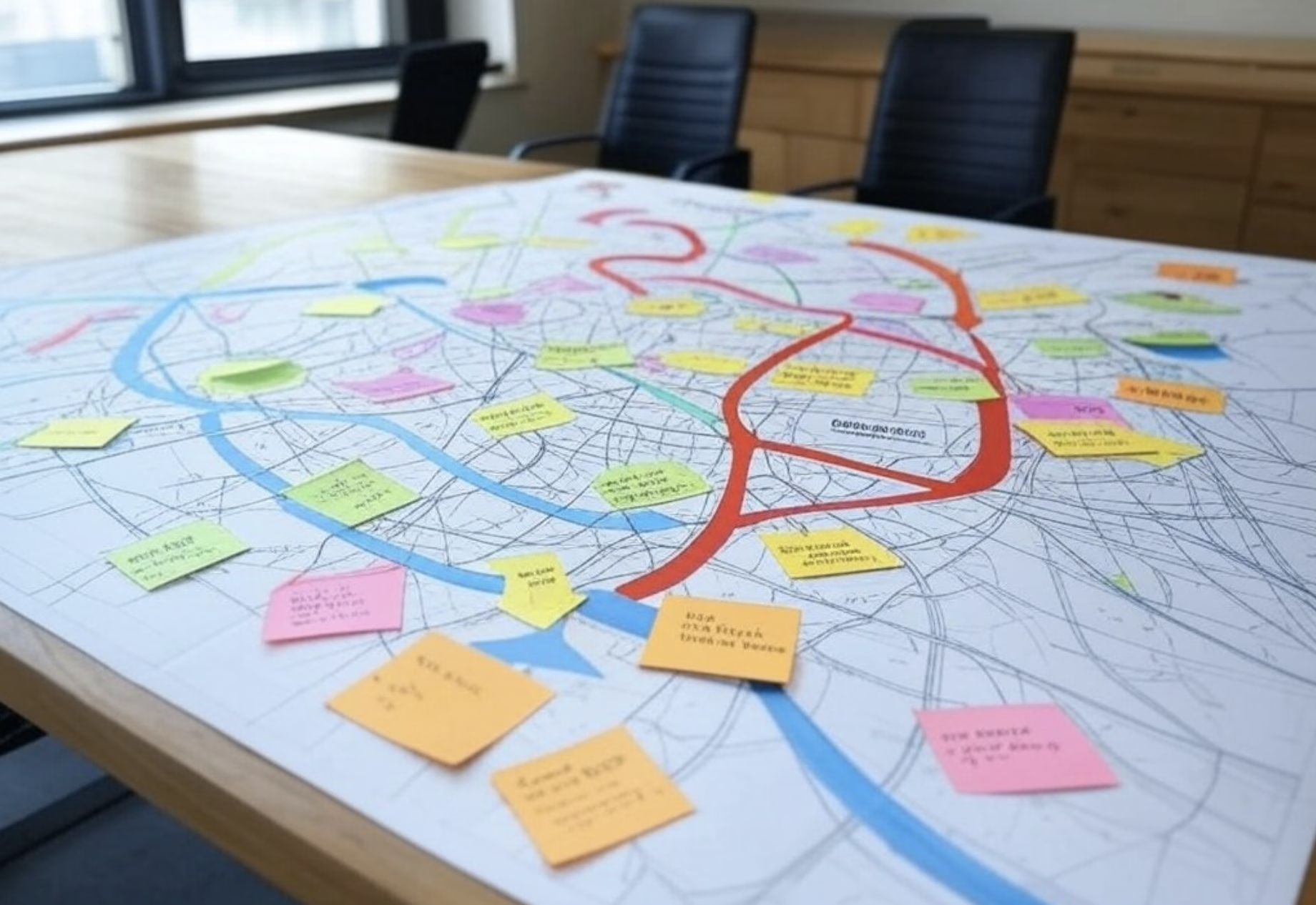By Martin H. Morrissette, Sirocco CMO – Book time with me
TLC’s 1995 hit song “Waterfalls” (now playing in your head) already cautioned against chasing illusory goals, and while the band wasn’t exactly referring to software development, their advice holds surprisingly true today. The traditional Waterfall methodology, once the gold standard for project management, has increasingly shown its limitations in an era where rapid change and adaptability are critical. Meet the Scaled Agile Framework (SAFe) – a dynamic, iterative approach that aligns teams to deliver continuous value. At Sirocco, we have chosen SAFe as our dominant way of thinking, working, organizing ourselves, and delivering value to client projects.
As your organisation strives to stay competitive, the question arises: should you continue pursuing Waterfall, or should you embrace the adaptable methodologies offered by Agile? In this article, we’ll explore the key differences between these two approaches, weigh their pros and cons, and ultimately reveal why we believe scaling Agile is the smarter choice for most modern businesses. Let’s take a look.
Understanding Waterfall & Scaled Agile
Waterfall Methodology
Waterfall is a linear project management approach that has been around since the 1970s. It is highly structured, with each phase of the project (requirements, design, implementation, testing, deployment, and maintenance) flowing sequentially like a waterfall. This methodology assumes that each stage must be completed before the next one begins, making it attractive for projects with well-defined requirements and minimal scope for change.
Pros of Waterfall:
- Clear Structure and Milestones: The linear progression makes it easy to set and track progress against fixed milestones.
- Documentation: Waterfall emphasises thorough documentation, ensuring that every aspect of the project is well-documented and can be referred back to.
- Predictability: With detailed planning upfront, project costs and timelines can be predicted with relative accuracy.
Cons of Waterfall:
- Inflexibility: Once the project has progressed to the next phase, it’s challenging to go back and make changes.
- High Risk of Failure: If the initial requirements are misunderstood, change, or don’t stand the test of time, the entire project may be at risk.
- Delayed Testing: Testing only happens at the end, making it difficult to catch issues early on.
Scaled Agile Framework (SAFe)
Scaled Agile Framework, or SAFe, is an extension of Agile principles designed to enable the Agile methodology to work across large organisations with multiple teams. Unlike Waterfall, Agile is iterative, with work broken down into smaller increments or sprints, allowing for continuous delivery of value and regular feedback loops. SAFe further refines this by aligning multiple Agile teams to work together towards common objectives, ensuring that large-scale projects remain agile and responsive to change.
Pros of Scaled Agile:
- Flexibility and Adaptability: Teams can quickly adapt to changes in the project scope or external environment, reducing the risk of delivering obsolete or irrelevant products.
- Continuous Feedback: Regular reviews and feedback loops ensure that any issues are identified and addressed early.
- Improved Collaboration: With SAFe, cross-functional teams work closely together, improving communication and reducing silos.
- Faster Time-to-Market: Agile’s iterative nature enables faster releases, which can be critical in competitive markets.
- Reduced Risk of Project Failure: A study by McKinsey found that Agile projects have a 70% higher success rate than Waterfall projects.
Cons of Scaled Agile:
- Complexity: Scaling Agile across large organisations can be complex and requires a cultural shift, along with strong leadership and commitment.
- Resource Intensive: Implementing SAFe may require significant training and resources, which can be challenging for organisations with limited experience in Agile methodologies.
- Initial Overhead: The setup phase of SAFe can be time-consuming as teams transition from traditional methods. But we have many customer examples that showcase this is well worth the effort.
Why Scaled Agile is the way to go
For your initiatives and projects, the ability to adapt quickly is not a luxury, but a necessity. The Waterfall approach, with its rigid structure and sequential phases, is simply no longer equipped to handle the unpredictability and fast pace of your modern projects. Scaled Agile, on the other hand, offers the flexibility, speed, and responsiveness needed to meet (and in some cases exceed) your goals and expectations. By enabling continuous delivery of value, Scaled Agile allows organisations to remain competitive and responsive to customer needs. The iterative nature of Agile means that feedback is constantly incorporated, ensuring that the final product is aligned with customer expectations. Moreover, the collaboration fostered by SAFe breaks down silos, ensuring that all teams are aligned and working towards the same goals.
In contrast, Waterfall’s inflexibility often leads to projects being completed behind schedule, over budget, or worse, delivering a product that no longer meets the market’s needs. While Waterfall might work for projects with static requirements, it’s ill-suited for today’s dynamic environments.

Economic Perspective in SAFe vs. Waterfall
One of the core principles of the Scaled Agile Framework (SAFe) is to take an economic view. This principle emphasises the importance of understanding the economic impact of decisions at all levels, from portfolio management to individual Agile teams. By focusing on delivering early and often, SAFe ensures that value is provided to customers much earlier in the development process compared to the Waterfall model. This approach not only accelerates time-to-market but also allows for continuous feedback and adaptation, leading to higher quality and more valuable products. In contrast, the Waterfall model often delays value delivery until the end of the project, which can result in inefficiencies and missed opportunities. By applying an economic framework, SAFe helps organisations achieve the shortest sustainable lead time with the best quality and value, making it a more economically advantageous choice for modern businesses
Where’s the proof?
Here are some stats and figures from reputable sources that highlight how SAFe outperforms Waterfall in major business KPIs. These figures demonstrate the significant advantages of adopting SAFe over Waterfall, particularly in terms of project success, time-to-market, productivity, customer satisfaction, and cost efficiency. If you would like to know more about how our SAFe helped us and our customers, please reach out. We have quite some stories to share.
- Project Success Rate: According to McKinsey, Agile projects, including those using SAFe, have a 70% higher success rate compared to Waterfall projects.
- Time-to-Market: Agile methodologies, such as SAFe, can reduce time-to-market by 30-40% compared to traditional Waterfall approaches. This is due to the iterative nature of Agile, which allows for faster releases and continuous delivery of value.
- Productivity: A study by the Project Management Institute (PMI) found that organizations using Agile methodologies reported a 20% increase in productivity compared to those using Waterfall.
- Customer Satisfaction: Agile projects, including those using SAFe, tend to have higher customer satisfaction rates. This is because Agile allows for continuous feedback and adaptation, ensuring that the final product meets customer needs more effectively (Source: Forbes).
- Cost Efficiency: Agile projects can be more cost-efficient in the long run. A report by the Standish Group found that Agile projects are 28% more successful in terms of staying within budget compared to Waterfall projects.
Addressing common concerns
We have noticed that some organisations may be hesitant to adopt SAFe due to concerns about cost, complexity, or the need for significant cultural change. However, research has shown that the long-term benefits of SAFe often outweigh the initial costs. Additionally, SAFe can be implemented gradually, allowing your organisations to adopt the framework at a pace that suits your needs and does not disrupt your operations.
Transitioning to Agile and Coexisting with Waterfall
Transitioning from Waterfall to Agile, particularly to a framework like SAFe, can be a significant move for any organisation. It requires careful planning, training, and a cultural shift towards more collaborative and iterative ways of working. To facilitate this transition, we recommend starting with a pilot project to test Agile practices and gather insights, allowing teams to learn and adapt without overwhelming the entire organisation. Investing in training for teams and leaders to understand Agile principles and SAFe practices is crucial, and hiring Agile coaches can provide valuable guidance. Implementing Agile practices gradually allows teams to adapt at their own pace, helping to mitigate resistance and ensure a smoother transition. Encouraging a culture of continuous improvement, where teams regularly reflect on their processes and make necessary adjustments, is also essential. At Sirocco, we are committed to supporting your transition to Agile. Our certified trainers are on hand to teach your teams and ensure a smooth and effective adoption of SAFe.
While transitioning to Agile, there may be scenarios where Waterfall and Scaled Agile can coexist. For instance, projects with well-defined requirements and minimal scope for change might still benefit from Waterfall’s structured approach, while more dynamic projects can leverage Agile’s flexibility. This hybrid approach allows your organisation to benefit from both methodologies, ensuring that each project is managed in the most effective way possible.
Now what?
The choice between Waterfall and Scaled Agile isn’t just about selecting a project management methodology, but about choosing a mindset. In an era where customer demands and market conditions can change overnight, your organisation needs the flexibility and speed that Scaled Agile offers. By adopting SAFe, your team can not only reduce the risk of project failure but also deliver greater value to your customers faster. So, while Waterfall might still have its place in certain contexts, for most modern projects, it’s clear that chasing after a rigid, linear approach is like chasing waterfalls – it’s just not worth it. Instead, embrace the adaptability and continuous improvement that Scaled Agile brings, and watch your projects thrive. If you would like to learn more, just reach out or book some time using the form below.










